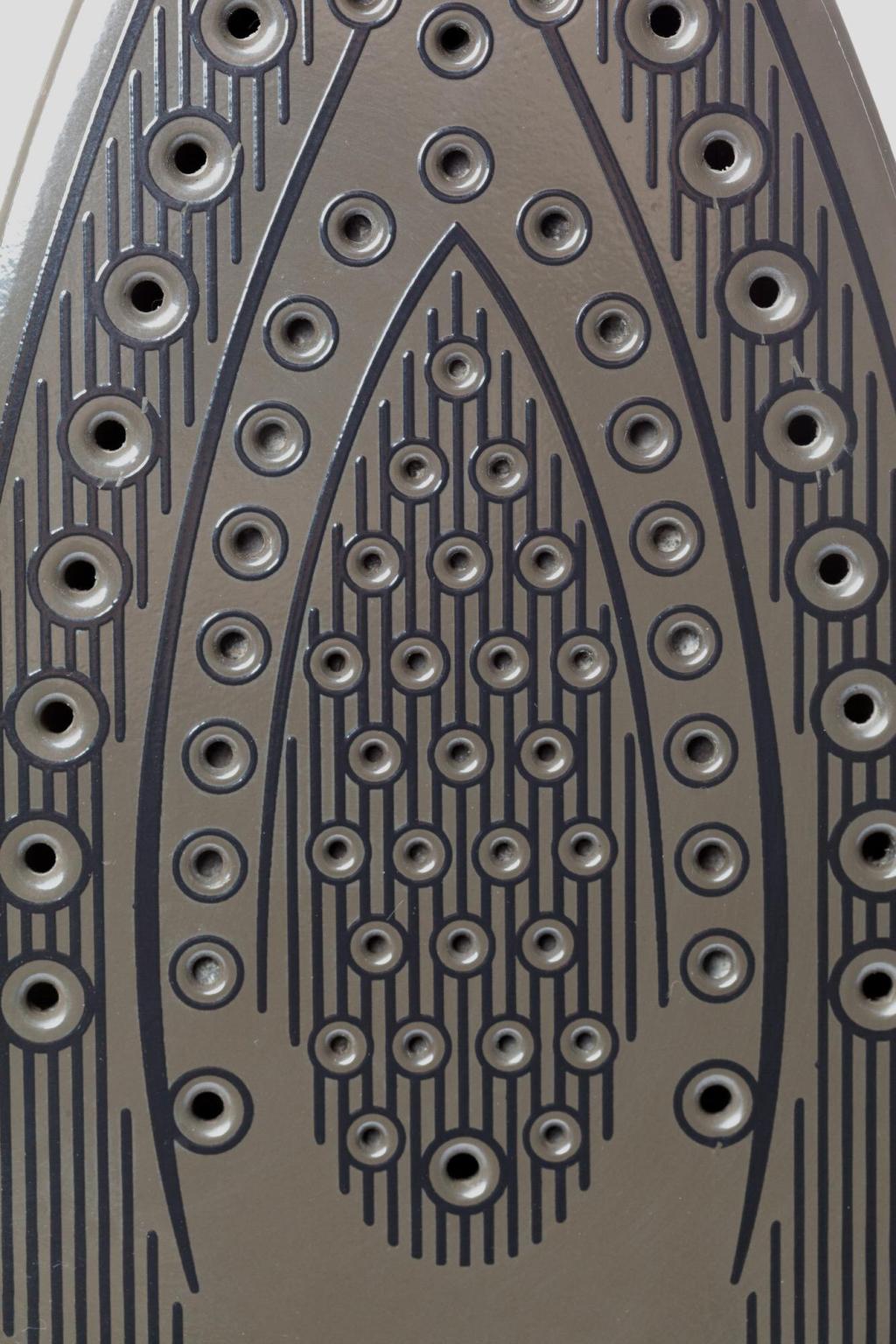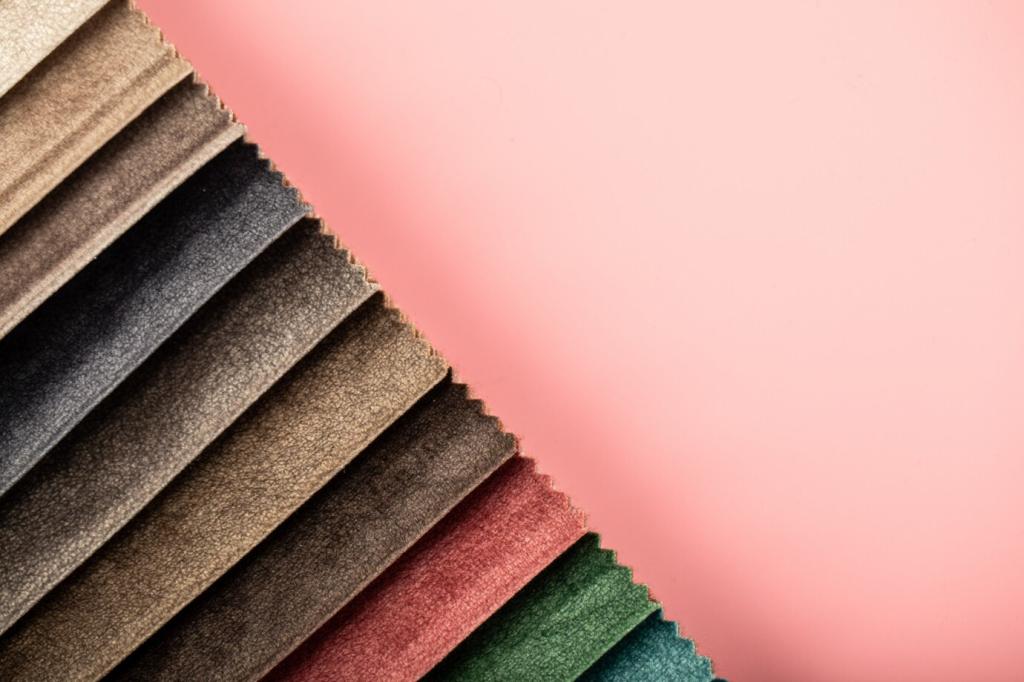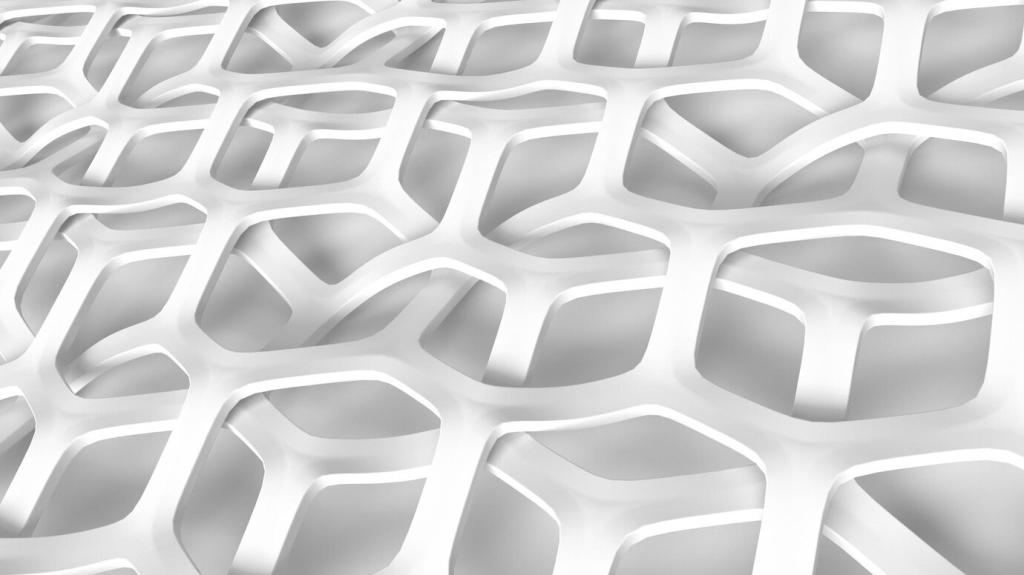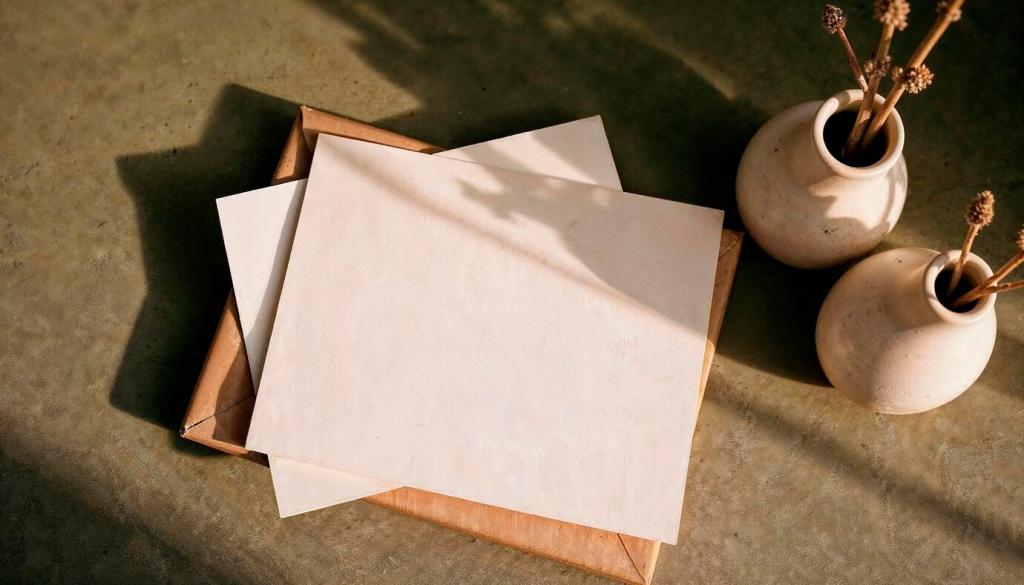From Prototype to Pavement: Manufacturing at Scale
Flexible stamps replicate textures onto films that later laminate glass, metal, or composites. The keys are release layers, pressure control, and curing uniformity. Running a pilot line? Share web width and speed, and we will discuss defect maps that matter.
From Prototype to Pavement: Manufacturing at Scale
Interfering beams write regular arrays quickly over wide areas, perfect for anti-glare or structural color. Adjusting angles tunes the period without new masks. If throughput is your bottleneck, ask about beam configurations that balance pattern fidelity and uptime.







